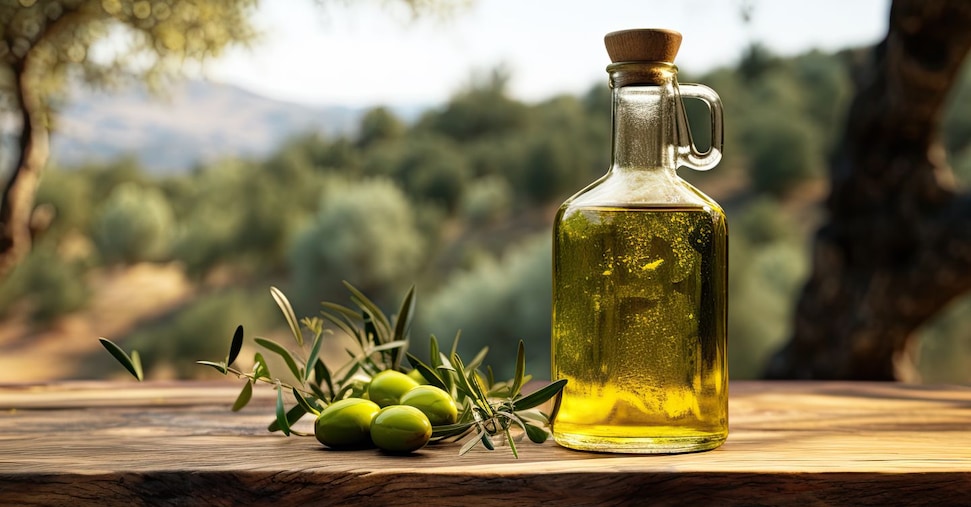Not only wine, olive oil has also come under the axe of tariffs. The signing of the joint declaration, which put on paper the political agreement reached on 27 July in Scotland by European Commission President Ursula von der Leyen and US President Donald Trump, was a heavy blow for the sector’s businesses: the agreement defines a 15% ceiling for most European exports to the US, replacing the previous regime of cumulative and often heavier tariffs. A ‘downward compromise’, according to Copagri president Tommaso Battista, which generates a climate of deep dissatisfaction in the sector ‘for agribusiness in general, for wine, sheep’s cheese and olive oil in particular,’ says Cristian Maretti, president of Legacoop Agroalimentare.
The risks associated with the weak dollar.
However, while the 15% tariffs are still sustainable, it is the risks related to the weakness of the dollar and inflation due to the tariffs that are of greater concern. For Italy, the US is a key market. In fact, the US is the world’s largest buyer of olive oil: to meet the demand of increasingly health-conscious American consumers, they are obliged to import 95% of the olive oil they need. “It is precisely the healthy qualities of olive oil that should be recognised by the States, by including this wellness juice in the list of products exempt from tariffs,” observes Anna Cane, president of Assitol’s Olive Oil Group, pointing out that the States are also the world’s second largest consumer of this product, with an average of about 370,000 tonnes per year. “By 2030 they could even surpass Italy’s consumption”.
For oil with tariffs additional cost over 140 million.
The USA is the main non-EU market for Italian agri-foodstuffs, with a value close to 8 billion euro in 2024. And if the product most affected will be wine, the first export item, which according to Coldiretti will suffer tariffs for an impact of more than 290 million, (a figure that is likely to rise further depending on the trend of the dollar), immediately after there is extra virgin olive oil, where duties will bring an additional cost of more than 140 million. This is followed by semolina pasta, with almost 74 million more. Cheese, on the other hand, is stable, already burdened by tariffs of between 10% and 15%.
Agriculture exports to the US -2.9% in June
For Coldiretti and Filiera Italia, what is worrying is the trend recorded in the first three months of the application of the additional 10% tariffs, which have negatively affected Italian agri-food exports to the USA. In June, sales of Made in Italy food in America fell by 2.9% in value, according to a Coldiretti analysis of Istat data on foreign trade.
Trump: for furniture aliquots at the study
On the evening of 22 August, Trump posted on his social Truth. “I am pleased to announce that we are conducting a major tariff survey on furniture coming into the United States. In the next 50 days the investigation will be completed and furniture from other countries destined for the United States will be subject to tariffs at a rate yet to be determined. This will bring the furniture industry back to North Carolina, South Carolina, Michigan and many other states in the Union’.


Dining and Cooking